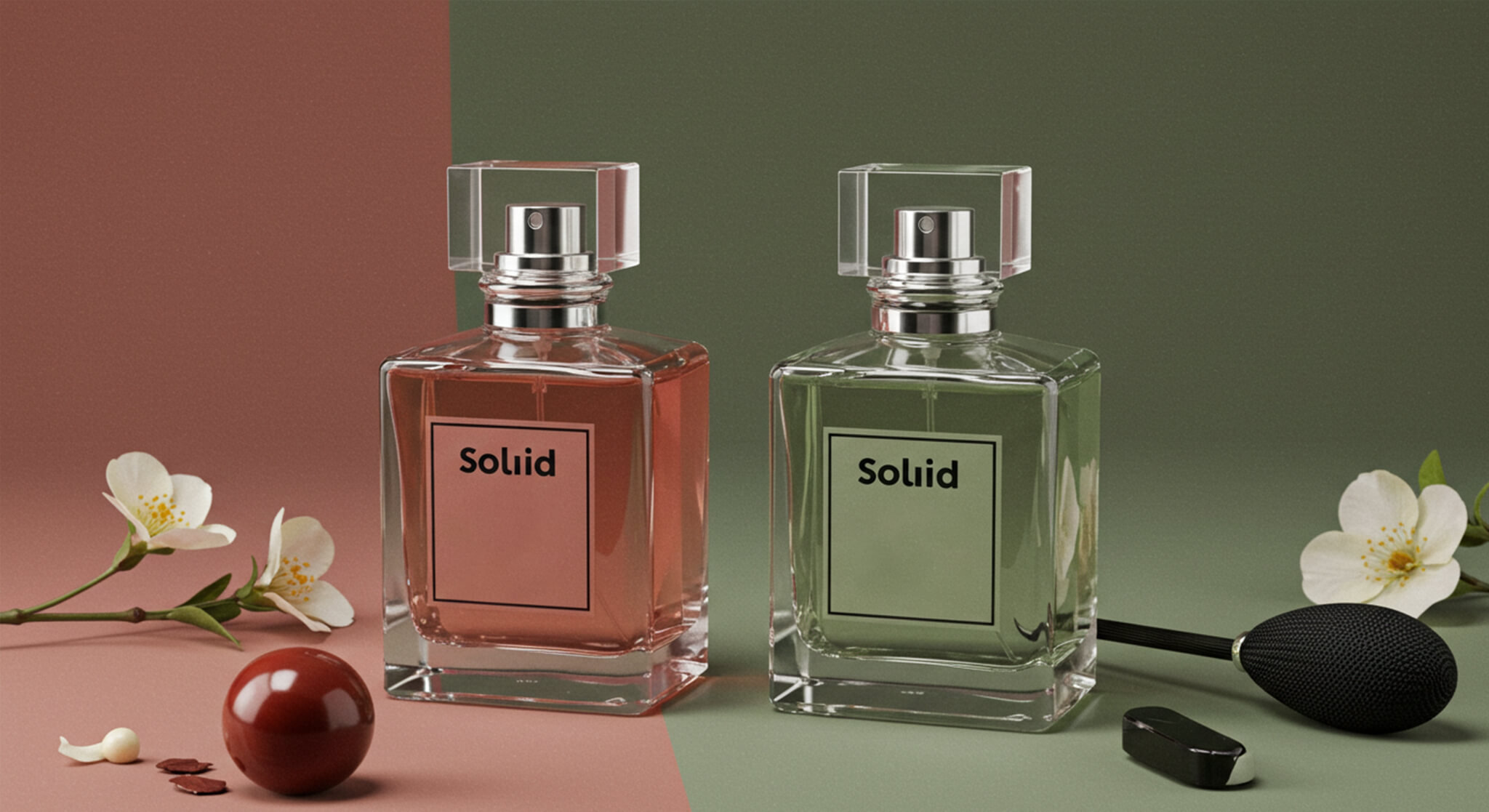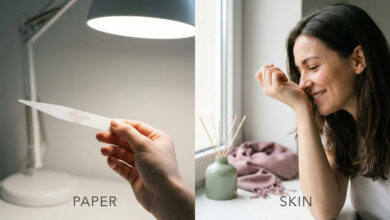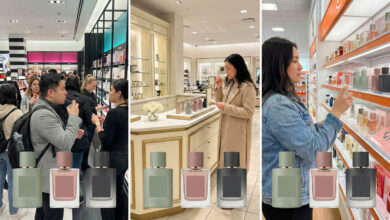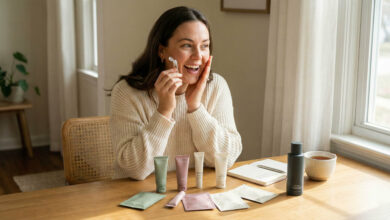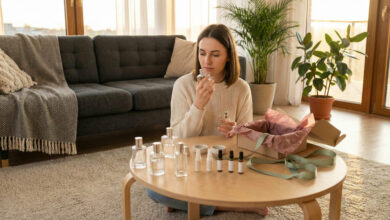Are Solid Perfumes a Better Way to Test a New Fragrance?
Table of contents
The Challenge of the Fleeting First Impression
You get your hands on a tiny, coveted perfume sample. You give it a spritz, and you’re met with a sharp blast of alcohol and a chorus of bright, fleeting top notes. You have to make a quick judgment in that moment, but the true, long-lasting character of the fragrance—the heart and base notes you’ll be living with for hours—hasn’t even revealed itself yet.
It’s the classic challenge of testing a complex scent from a tiny, volatile sample. But there’s another, often overlooked, format that offers a more intimate and arguably more informative way to test a new scent: the solid perfume.
Are these waxy balms just a novelty, or could they be a superior tool for truly getting to know a fragrance before committing to a full, expensive bottle? Let’s break down the strategic pros and cons.
The “PROS”: Why Solid Perfumes Can Be a Superior Testing Tool
Pro #1: You Experience the True Heart of the Scent, Faster
Solid perfumes are typically made with a base of natural waxes (like beeswax or jojoba) and oils, which means there is no alcohol blast. When you apply one, you bypass that sharp, volatile opening of a spray. Instead, you get a much clearer, softer, and more immediate impression of the fragrance’s heart and base notes. This is a huge advantage, as understanding these different fragrance notes (often called the ‘perfume pyramid’) is the key to knowing a scent’s true character. Since these are the notes that last for hours, this gives you a more accurate picture of what you’ll be smelling on yourself all day.
Pro #2: It Encourages a More Mindful, Intimate Test
The physical act of warming the balm with your fingertip and pressing it onto your skin is a slower, more deliberate ritual than a quick, hazy spritz. Solids also wear much closer to the skin, creating a personal “scent bubble” rather than a loud projection. This allows you to evaluate how the scent makes you feel throughout the day, without the distraction of an overpowering cloud. This mindful application can be a wonderful, calming practice for your mental health.
Pro #3: They Are Practical and Affordable
A solid perfume is often significantly cheaper than a full bottle of its liquid counterpart, making it a lower-risk investment for a longer-term test. They are also completely spill-proof and easy to carry in a purse or pocket, allowing you to re-apply and continue your evaluation on the go, without committing to carrying a fragile glass vial.
The “CONS”: When a Traditional Spray Sample Is Still Necessary
Despite their benefits for testing, solid perfumes aren’t a perfect replacement in every scenario.
Con #1: You Won’t Grasp the Full “Sillage” or Projection
If you love a fragrance that announces your presence and leaves a beautiful scent trail (known in perfumery as “sillage”), a solid version will not give you an accurate representation of the liquid’s performance. Solids are, by nature, more intimate and are designed to be discovered up close.
Con #2: The Bright Top Notes May Be Muted
If the sparkling, effervescent opening of a citrus or fresh fragrance is your favorite part, you might find the solid version a bit “flatter” in comparison. The alcohol in a traditional spray is what gives those volatile top notes their initial, brilliant lift and sparkle.
Con #3: Limited Availability
The biggest practical drawback is that many brands, especially in the niche and independent space, simply do not offer their fragrances in a solid format.
The Verdict: A Strategic Tool for a Specific Purpose
So, which format is better for testing? It all depends on your primary goal.
A Solid Perfume is a BETTER Way to Test IF…
- Your main goal is to understand the true, long-lasting heart and base notes of a scent.
- You want to “live with” a fragrance intimately over a full day to see how it makes you feel.
- You are sensitive to the sharp alcohol opening of traditional perfumes.
A Spray Sample is BETTER for Testing IF…
- A perfume’s projection and scent trail are very important factors for you.
- The bright, sparkling top notes are the part of the fragrance you love most.
The Expert Strategy: Use Both
The ultimate, cost-avoiding strategy is to use both formats in a two-step process. Start by testing with an affordable solid perfume. Use it to live with the fragrance, to understand its core, and to see if you truly love its story on your skin.
If you do, you can then invest in a full bottle with the absolute confidence that you love the scent from its opening act to its final, lingering scene. It’s the smartest way to avoid a costly mistake and ensure every full bottle you buy is a true love.
